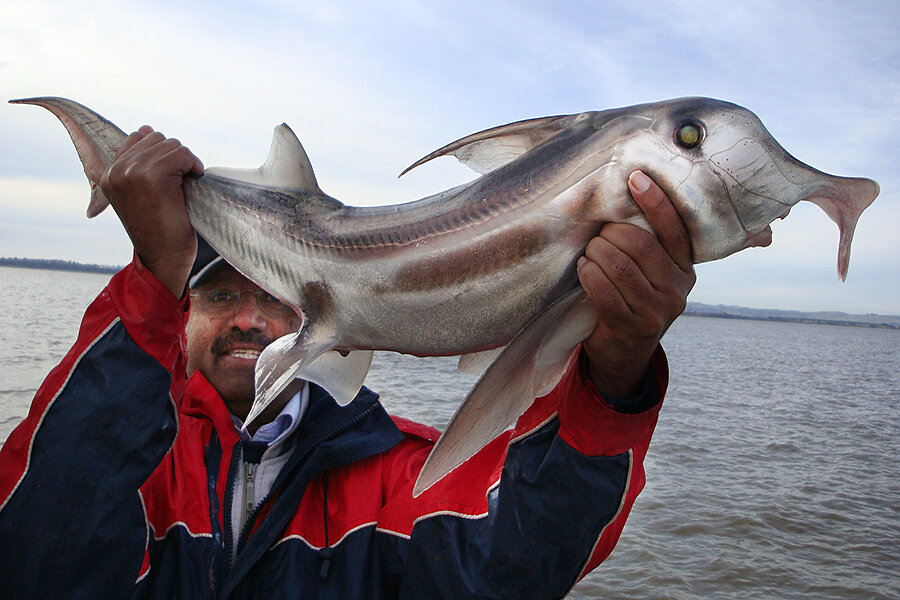Where do your bones come from? Shark genome study offers insights.
Loading...
It turns out that studying a boneless animal can help explain the genetic basis of bones.
An international group of researchers has sequenced the genome of the elephant shark, "a curious-looking fish with a snout that resembles the end of an elephant's trunk." The species, which despite its name is not actually a shark, is a member of the family of the world's oldest-living jawed vertebrates.
But why elephant sharks?
The elephant shark was selected for sequencing because of its compact genome, which is one-third the size of the human genome, according to a press release by The Genome Institute at Washington University School of Medicine.
Like actual sharks, the elephant shark, which belongs to the order chimaera, has a "skeleton" made of cartilage rather than bone, making it an oddity on the evolutionary tree.
After comparing the shark genome with those of other vertebrates with bones, researchers noticed that the elephant shark lacked a family of genes that are crucial for bone formation. They confirmed this by removing a member of this gene family in zebrafish, a tropical freshwater fish. It was observed that a gene's absence correlated with a reduction in bone formation in zebrafish, highlighting the importance of this gene family in making bones.
"So now we know what genes are missing in elephant sharks and from that we learned about this new gene family, which is important in bone formation," Patrick Minx from The Genome Institute at Washington University School of Medicine, told the Monitor. Therefore, the findings have important implications for understanding bone diseases, he says.
"We also noticed that the chromosome of the elephant shark was structurally similar to the human chromosome in a lot of ways," says Dr. Minx.
The scientists were also surprised to find that the elephant shark lacked special types of immune cells that were vital to fight against viral and bacterial infections.
But, despite possessing a very basic immune system, sharks exhibit robust immune responses and live long lives, according to the press release.
This could provide new insights into "molecular origins of adaptive immunity, which provides organisms with a more sophisticated immune response to pathogens."
The elephant shark, found at depths of 656 to 1640 foot, off the southern coast of Australia and New Zealand, uses its snout to dig the ocean floor for crustaceans.
“The slow-evolving genome of the elephant shark is probably the best proxy for the ancestor of all jawed vertebrates that became extinct a long time ago,” said lead author Byrappa Venkatesh, research director at the Institute of Molecular and Cell Biology at the Agency for Science, Technology and Research (A*STAR), in Singapore.
An analysis of the fish's genome was published Jan. 9 in the science journal Nature.
It took 13 years for scientists to sequence the human genome, whereas it took about two years to sequence the elephant shark genome.








